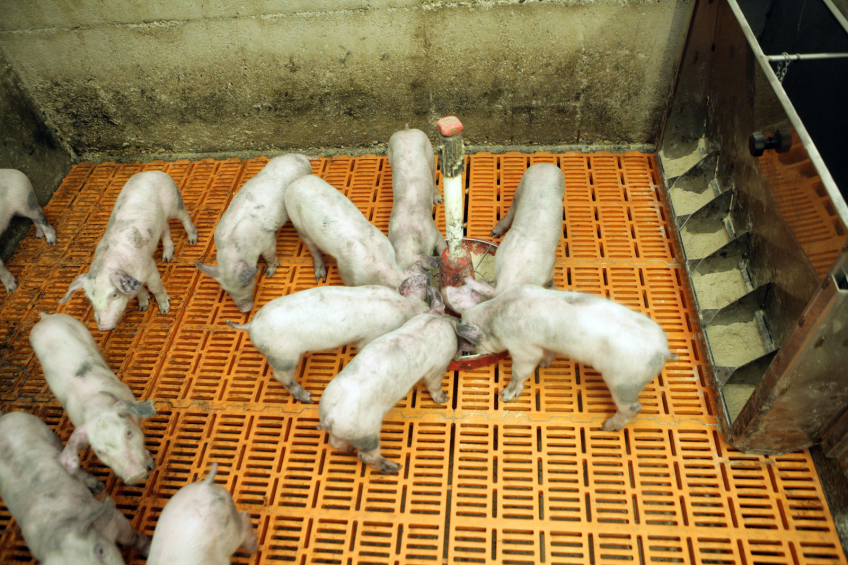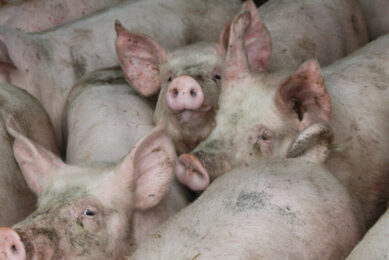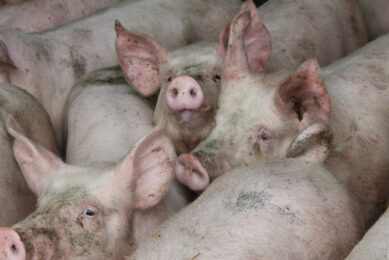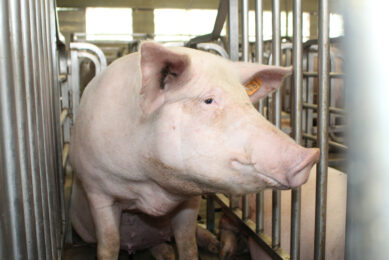Antimicrobial resistance in S. suis in pigs

In an attempt to establish antimicrobial resistance in Streptococcus suis in swine populations, Italian researchers have observed a high frequency of resistance for tetracycline (88.9%) and erythromycin (38.9%).
The researchers also mentioned, however, that no correlation between the virulence factor epf and resistance to multiple antibiotics was found.
The scientists published their findings in the most recent edition of the Journal of Swine Health and Production, a publication of the American Association of Swine Veterinarians (AASV).
Characterising strains of Streptococcus suis
In their article, the researchers described how Streptococcus suis is a major swine pathogen responsible for important economic losses to the porcine industry worldwide. The objective of their study was to characterise strains of S. suis isolated from dead piglets from farms located in Sardinia, an island west of mainland Italy, between 2012 and 2014.
They did so by determining the pigs’ genotype profiles, antimicrobial resistance profiles and presence of associated virulence factors in order to evaluate a potential association between antimicrobial resistance serotypes and virulence factors.
Also interesting: Preventing 5 major pig diseases in a breeding herd
Examining 39 isolates
The researchers described how a total of 39 S. suis isolates were examined for possession of virulence-associated factors using multiplex polymerase chain reaction assays. All isolates were tested for susceptibility to antimicrobial agents.
They wrote how Fisher’s exact test was performed in order to study the correlation between antimicrobial resistance and virulence factors epf+/epf-. Table 1 shows which genotypes were identified and in what percentage.
The research was done by Maria T. Tedde, Cristian Pilo, Marina Frongia, and Manuel Liciardi, Istituto Zooprofilattico Sperimentale della Sardegna ‘G. Pegreffi’, Italy; Germano Orrù and Claudio Ruggeri, University of Cagliari, Italy.











